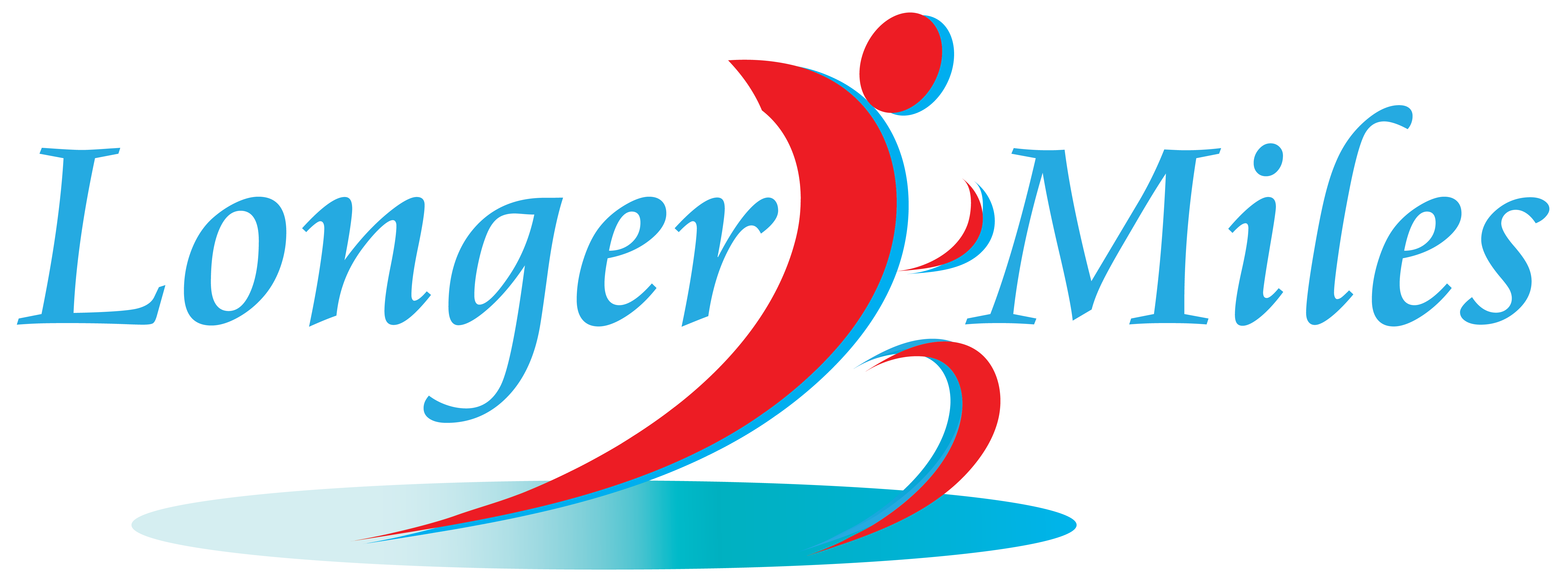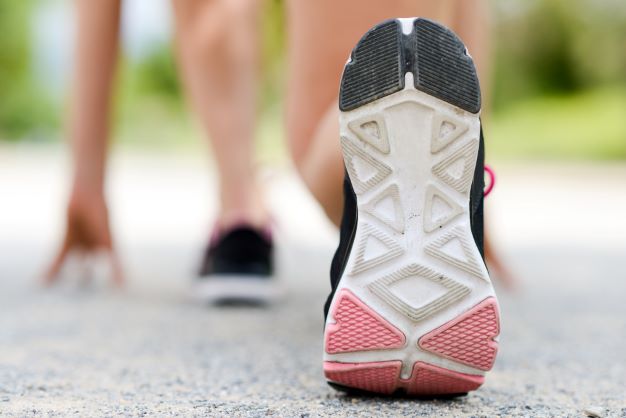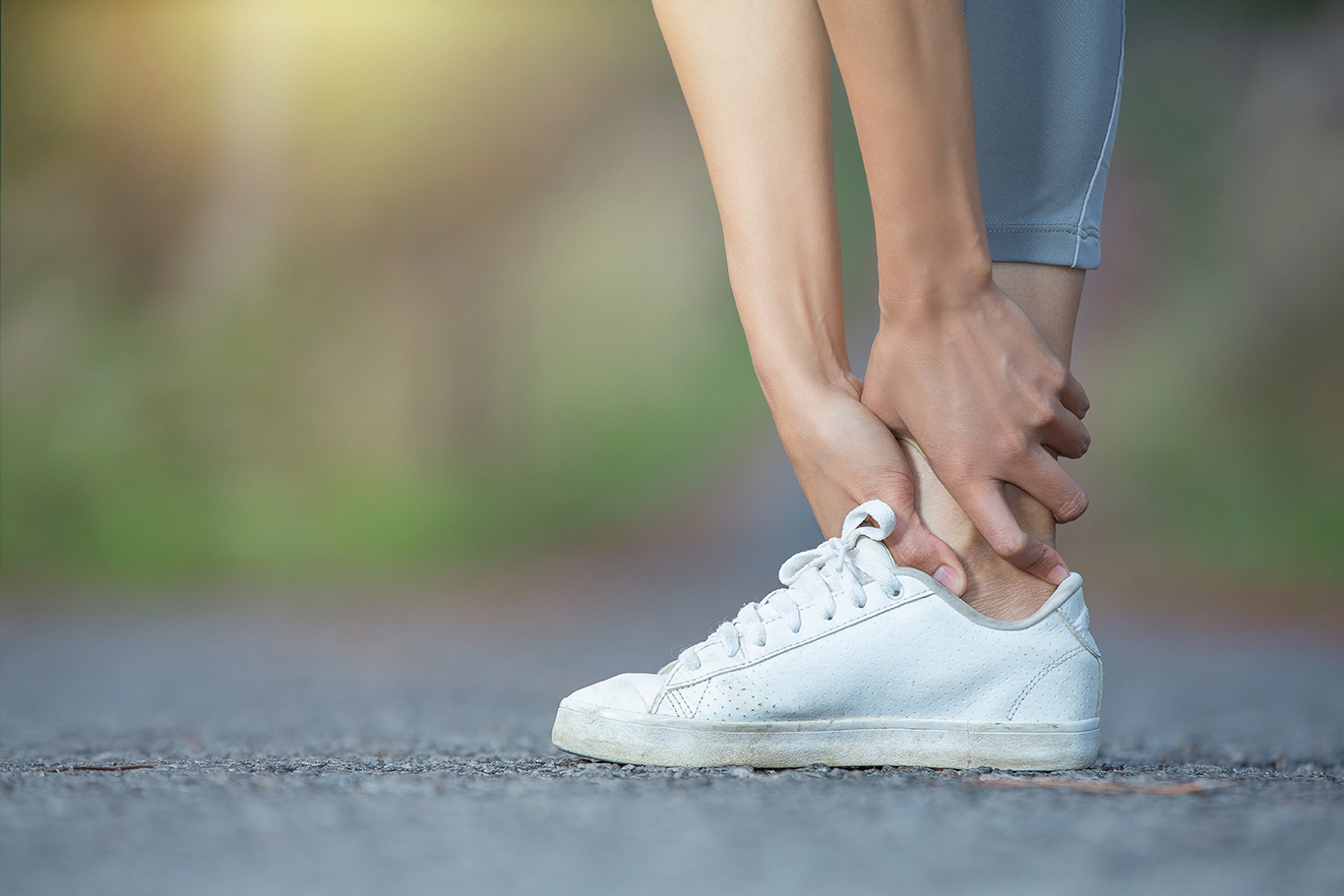With the advancing shoe technology, running shoes have captivating stylish appearances that can make you buy shoes based on looks but not performance, comfort, and purpose. Unfortunately, these features make a big difference when choosing running shoes. At longermiles, we break down things to consider before buying running shoes.
Know your Shoe Type
Not every shoe fits your feet. Instead, shoe designers have designed shoes for specific types of feet. The feet are classified as neutral, flat, and high-arched. A simple wet test can help you determine your foot type. That is, wet your feet, stand on a piece of paper or concrete, and then move away from the imprint. Then you will know you have high arches if the footprint comprises the heel and forefoot alone.
You know you have a normal arch in the middle of the heel if the heel is half filled. The arch can naturally support body weight. Besides, you know you have flat feet if the wet test imprint shows the entire foot shape. Most importantly, see a podiatrist to know your exact foot type.
Consider where you Run
Most of the running shoes in the market are not designed for all-terrains running. There are those designed for running on the road, light trails and concrete, or tracks. They possess varying outsole tractions and weight.
You need stability and traction if running on a trail or responsiveness and lightweight if looking for speed on tracks. If you run on the treadmill and do some gym training, you will need a cross-trainer shoe with plenty of cushioning, adequate traction, and stability.
Cushioning
The running style and foot type dictate the support and cushioning level you need. Less cushioning produces a ground-contact feel than a max-cushioned midsole. More cushioning enhances comfort, and sometimes more energy returns if the midsole is not marshmallow-like soft.
More cushioning can also lead to an increase in stack height. Hence choose what feels good on foot. For instance, more cushioning fits high arches, while flat feet need adequate support.
Consider Support
If you see someone whose ankles roll inwards, you are an overpronator. If your ankle rolls outwards, you are a supinator. Such movements cause discomfort or pain. It can worsen if you wear shoes that do not control rolling. Hence, it would help to have supportive shoes like the Asics GT 2000 11 to maintain your feet in a neutral position.
Consider Right Fitting
Regardless of how cool and advanced a shoe is, it serves no purpose if it doesn’t fit correctly. Therefore, consider the correct shoe size that fits comfortably and snugly. Ensure the toe box is roomy and there is no slippage at the heel. The shoe should have enough midfoot support. Also, consider the shoe construction because your standard size may feel smaller, especially if your desired shoe has a thick sockliner or mesh upper.
Choose the Right Weight
The weight of the shoe affects its performance. It would help to have a considerably lightweight and cushioned running shoe for long-distance running. It will prevent tiring feet, which creep in after 3 three miles. More weight hinders quick turnovers; hence, it will slow you down.
Be careful when choosing lighter shoes because they don’t provide much support. The designers have cut down cushioning and protective elements to reduce weight. According to Nike, a shoe should weigh less than 8 ounces; the best shoe weight is 6.5 to 13 ounces.
Budget
Some running shoes are affordable, while some are expensive. Premium shoes like New Balance SC trainer or Adidas Prime X Strung have premium prices. However, there are running shoes costing less than $100 but offering high-level performance, comfort, and durability.
The Puma Electrify Nitro 2, Nike Downshifter 12, Nike React Escape 2, and Nike Quest 5 are some of the most comfortable, durable, and reliable budget-friendly daily trainers on the market. Always go for what you can afford.
Brand and Models
Do not shy from trying different shoe models and brands. The running shoe industry is highly competitive, and each brand tries to serve runners the best way it can. Hence, there are very minimal differences between shoe brands and models.
Finally, remember that a good pair of running shoes is an investment in your performance and health. Therefore, consider support, comfort, foot type, fitting, purpose, and running terrain when purchasing a running shoe.
By Tom Oliver is a regular runner and a shoe enthusiastic.


